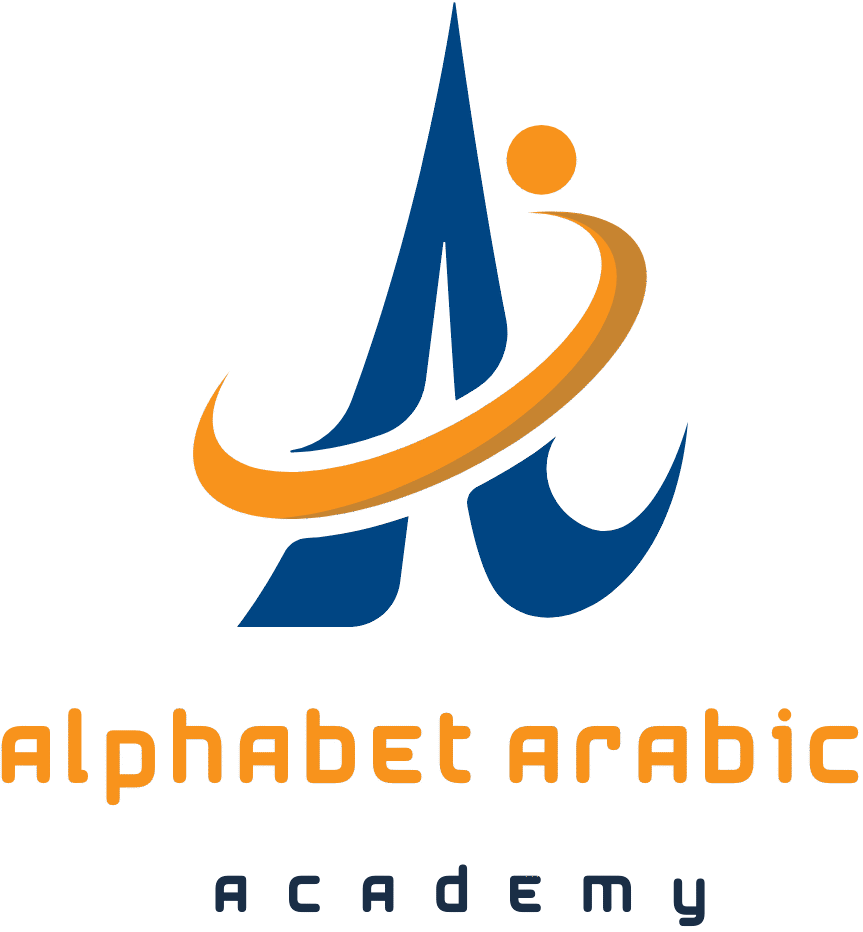Looking for the best way to learn Arabic for kids near me? Give your child the gift of language with fun, interactive lessons designed for beginners and advanced learners! At Alphabet Arabic Academy, our expert teachers make learning Arabic easy, engaging, and effective. With flexible online and in-person classes, games, and storytelling, your child will speak, read, and write Arabic with confidence.

📌 Affordable courses starting at just $40!
📌 Live classes with native Arabic teachers!
📌 Perfect for kids of all ages!
🚀 Spots are filling fast—Enroll today! 👉 Join Now!
Arabic is a beautiful and widely spoken language, and introducing your child to it early can open doors to cultural understanding, academic success, Arabic, a beautiful and widely spoken language, can be introduced to your child early to foster cultural understanding, academic success, and effective communication skills.
At Alphabet Arabic Academy, we offer highly rated Arabic classes, private tutoring, interactive learning platforms, and online programs designed to help kids learn in a fun and engaging way. Let’s explore the best options to start your child’s Arabic journey today!
Learn Arabic School
Enrolling your child in an Arabic school is a fantastic way to provide structured learning. Schools offer:
✔️ Qualified teachers with native-level proficiency
✔️ A structured curriculum covering reading, writing, and speaking
✔️ An interactive and immersive learning environment
At Alphabet Arabic Academy, we ensure your child receives a top-quality education with a strong foundation in Arabic.
📌 Enroll in a top-rated Arabic school today!
Learn Arabic for Kindergarten
Kindergarten is the perfect time to introduce Arabic! Our specially designed programs focus on:
📝 Arabic letters and sounds
🎤 Basic speaking skills through songs and stories
📖 Fun reading exercises to build vocabulary
Young children absorb new languages quickly, and our lessons ensure they develop a love for Arabic from the start!
Learn Arabic for Children best online course
Children benefit from structured language programs that focus on:
✅ Essential vocabulary and common phrases
✅ Interactive speaking and listening exercises
✅ Engaging stories and cultural lessons
Our Arabic courses are designed to be fun, effective, and engaging for kids of all ages!
📌 Explore our Arabic programs for children!
Learn Arabic for Kid
Whether your child is a complete beginner or already knows some Arabic, we offer customized lessons to suit their level.
🌟 Beginner & advanced courses
🌟 Flexible schedules with online & in-person options
🌟 One-on-one private tutoring available
Start your child’s Arabic learning journey today!
Learn Arabic Near Me from best sites
Wondering where to find Arabic classes nearby? Look for:
✔️ Local language schools
✔️ Community centers offering Arabic lessons
✔️ Qualified private tutors
At Alphabet Arabic Academy, we provide both online and in-person classes to make learning accessible and convenient!
📌 Find the best Arabic classes near you!
Learn Arabic in Egypt via native teachers
Egypt is a top destination for Arabic learning. The Arabic dialect spoken in Egypt is widely understood across the Arab world, making it an excellent place to study.
🌍 Full language immersion
🎓 Highly rated Arabic academies
📚 Authentic cultural experiences
For students looking for an in-depth learning experience, studying Arabic in Egypt is an amazing opportunity!
How to Learn Arabic for Kids with tutors
Kids learn best through fun and interactive methods. Here’s how to make Arabic learning enjoyable:
✅ Arabic cartoons and songs
✅ Interactive language games
✅ Practice with native speakers
Our courses are designed to help kids learn Arabic naturally and easily!
📌 Start Your Arabic Adventure Today
How to Learn Arabic for Beginners online
If your child is a beginner, don’t worry! Learning Arabic is easier than you think with the right approach:
📖 Master the Arabic alphabet and pronunciation
🗣️ Practice speaking with native tutors
📝 Use engaging activities to build vocabulary
With structured lessons and engaging content, we make Arabic learning fun and effective for beginners!
Learn Arabic in Cairo via expert tutors
Cairo is one of the best cities to learn Arabic due to its rich culture, language schools, and immersion opportunities.
🕌 Study Arabic in a historic setting
📚 Join language programs with expert teachers
🌍 Improve fluency with real-life practice
For families interested in Arabic immersion, Cairo is a fantastic choice!
Learn Modern Standard Arabic
Modern Standard Arabic (MSA) is the formal Arabic used in books, news, and education.
📖 Learn proper grammar and pronunciation
🗣️ Understand written and spoken Arabic
🌎 Use Arabic in professional and academic settings
MSA is essential for learning classical Arabic and understanding Arabic texts.
📌 Enroll in our MSA courses today!
Learn Arabic for Kids Near Me from online platforms
Are you searching for the best Arabic programs for kids near you? We offer:
✔️ Interactive classes for all levels
✔️ Native Arabic-speaking teachers
✔️ Flexible learning options – online or in-person
📌 Find local Arabic classes today!
Find Local Classes online platforms Now
📍 Search for community centers, private tutors, or online options!
Online Classes for Children via native speakers
🌍 Learn from home with expert Arabic teachers!
🎓 Live interactive lessons
📖 Fun activities to keep kids engaged
Top E-Learning Tools
📲 Noor Academy
📲 Duolingo Arabic
📲 Iqraa Learning
📌 Join our online Arabic classes today!
Interactive Learning Platforms
Online platforms make Arabic learning easy and fun!
Engaging Apps for Kids online
📲 Fun games and quizzes
📚 Story-based learning
🎤 Audio practice for pronunciation
Local Tutors in My Area online via alphabet arabic academy
Looking for one-on-one instruction? now you can register our course for learning arabic online as you learn in your are
How to Choose the Best Tutor online for learning
✔️ Check ratings & reviews
✔️ Look for native Arabic-speaking teachers
✔️ Choose a tutor who specializes in children’s learning
📌 Find a top-rated tutor today!
Affordable Arabic Classes
We offer budget-friendly Arabic courses starting at just $40!
Arabic Programs at Community Centers
Many community centers offer affordable or free Arabic classes for kids!
📍 Find programs at local mosques, Islamic schools, and cultural centers.
📌 Explore Arabic learning options in your area!
FAQs
🔹 How to find the best Arabic tutor?
✔️ Check reviews and qualifications before choosing.
🔹 What age should kids start learning Arabic?
✔️ The earlier, the better—kindergarten is a great start!
🔹 Are there free Arabic resources for kids?
✔️ Yes! Many apps, YouTube channels, and online worksheets are available.
🔹 How can I make Arabic fun for my child?
✔️ Use games, stories, and songs to keep them engaged!
🔹 Is Arabic hard for kids to learn?
✔️ With the right tools and methods, kids can learn easily.
Start Learning Arabic Today!
At Alphabet Arabic Academy, we provide the best Arabic learning experience for kids through interactive lessons, expert tutors, and engaging content.
📌 Enroll today for just $40!
📞 Contact us for more details!





